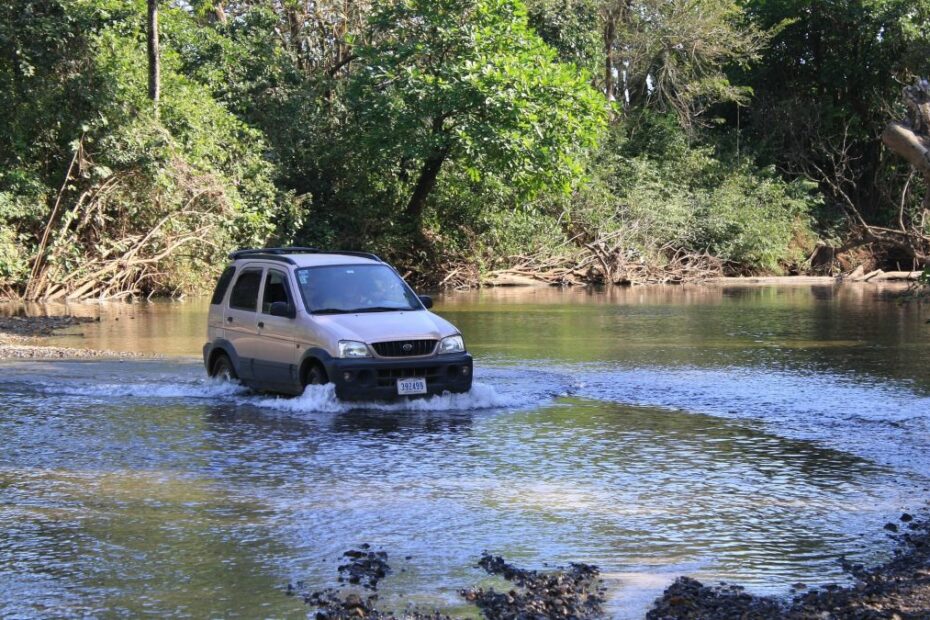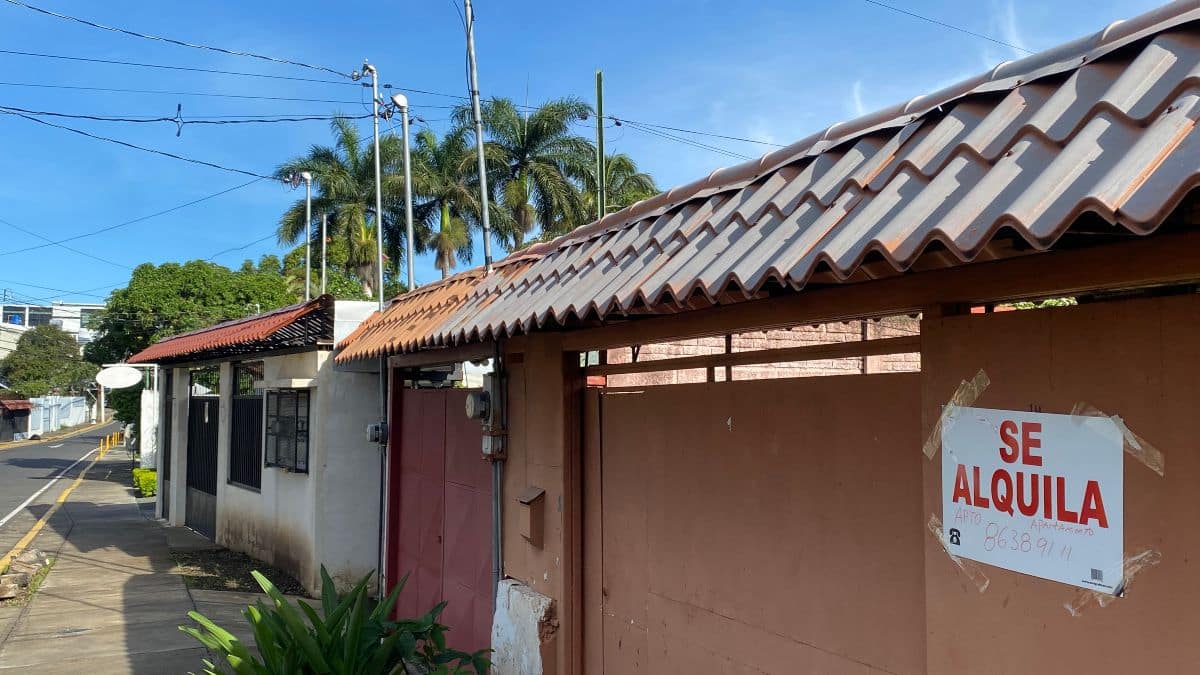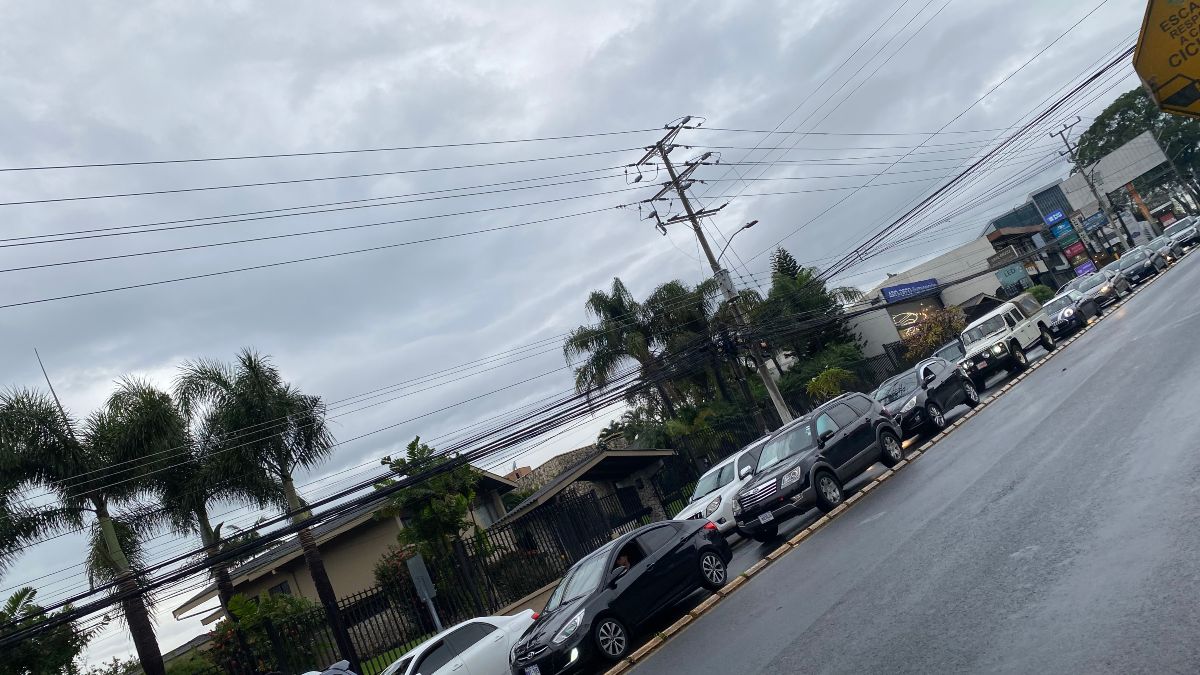Are you thinking of buying a car in Costa Rica? The below article offers a guide on how to do so and compares buying a vehicle with bringing your own into the country… or going car-free.
If you’ve decided to make Costa Rica your new home, congratulations! You’ve just made possibly the best lifestyle choice you can make. Sure, like any other country in the world, Costa Rica has its cons to go with the pros, but overall, it’s a great place to live for anyone as long as you understand and appreciate the cost of living in this country and make some effort to learn Spanish.
But you’re going to need wheels, right?
Well, not so fast. Although useful, a car is not always the absolute necessity that it might be in, say, the United States. You can live pretty much anywhere in the Central Valley, for example, and not need a car. In fact, given the murderous traffic around the GAM (Gran Area Metropolitano – the area around San José and nearby cities), not having a car is often way less stressful. Public transportation is excellent and Ubers (and other ride sharing services) are cheap and easy. And when you want to travel around the country, buses are great, there’s an excellent network of internal flights, and you can always rent a car if you want. We know plenty of expats who swore by their cars in their old lives but have lived happily for years without wheels in the GAM.
It’s not only the city either. In fact, if you live in a beach community like Jacó, Manuel Antonio, or Tamarindo, you also don’t need a car. These places are walkable and again, Ubers and taxies are easy when you need. Many people get away with just having an ATV for a local runaround at the beach. There’s even a community – Las Catalinas in Guanacaste – that’s totally car-free as part of its USP.
The point here is to inform you that not having a car in Costa Rica is not the big deal it is elsewhere. You can certainly live a great life without one pretty much anywhere in this country.
Property taxes, financing options, and closing costs—uncover the secrets to buying real estate in Costa Rica! Our article guides you through the process and provides essential insights for a successful investment.https://t.co/mbXIcPX0yN
— Central America Living (@VidaAmerica) May 19, 2023
But what if you need a car?
What if you’re living somewhere remote where public transport is infrequent? There are still plenty of places like that in Costa Rica. Or what you simply want the luxury of having a car? There’s nothing wrong with that. We’re not anti-car at all. Many of the benefits of having a car in your home country apply just as much in Costa Rica. Convenience being, by far, the main one. Having a car is easier than not having one. It’s all a lifestyle choice, after all. We’re simply saying that not having a car in Costa Rica is much easier than not having one in California.
So you do want to have a car in Costa Rica, what’s the best way to go about it? Is buying a car straightforward as a foreigner? Or should I bring my car down from North America? Below we look at the processes involved for both scenarios.
Bringing your own car to Costa Rica:
If you’re from North America, you might be thinking about forgoing buying a car in Costa Rica and just driving your own one down instead. Or, failing that, shipping it down from Miami or wherever instead. That’s feasible, and some people do it, especially if they have some kind of rare, collector’s vehicle that they don’t want to let go of. The problem with shipping your car into Costa Rica is the taxes and the bureaucracy. To say it’s expensive and cumbersome is an understatement. Let’s take a look at the process.
You’ll probably ship your car down from either Miami, Houston, or Los Angeles to arrive in either Limón on the Caribbean side or Caldera on the Pacific side. It doesn’t matter (although shipping costs from Miami to Limón are the least expensive). Once your vehicle arrives in either port, the shipping company might transport it to their warehouse in the San Jose area, incurring warehousing fees. These fees are just the start of it. Now comes the custom duties.
Customs duties for cars can be as high as 80% of the vehicle’s value, based on importation laws, not the purchase price or Kelly Blue Book value. The Costa Rican government determines the value of imported vehicles based on their age, which often exceeds the Blue Book value. Vehicles under 3 years old have a duty rate of 52.28%, 4-5 years old vehicles have a 63% duty rate, while those 6 years or older have a rate of 79.02%. So it’s not cheap, and they won’t release your car to you until this is paid.
After settling taxes, the following steps await:
- You’ll receive a temporary title known as a DUA (documento unico administrativo) for 24-48 hours, allowing you to get your vehicle inspected.
- Upon a successful inspection, you can hire a lawyer to draft the legal document for vehicle registration, which costs around 4.5% of the vehicle’s value.
- Additional expenses include the annual road circulation tax (marchamo) and mandatory liability tax, with rates posted on the National Insurance Institute (INS) website.
- The vehicle registration process may take up to one month to complete (sometimes takes longer).
There is, thankfully, a caveat to most of this, where it’s possible to ship your car down without paying duties. In 2021, as part of its effort to attract expats in the wake of the pandemic, Costa Rica eased up its residency requirements. Part of that easing up was to eliminate all import taxes, customs duties, and VAT for beneficiaries importing up to two vehicles per family unit. So if you’re applying for residency as an inversionista, rentista, or pensionado, you’re eligible. You’re also eligible if you’re coming to Costa Rica with a digital nomad visa.
Oftentimes, though, you don’t want to apply for residency until you’ve spent some time in the country to see if it works for you. If that’s the case for you, you’ll have to pay through the nose to get your car to Costa Rica. And in case you’re wondering, driving your car to Costa Rica is no different. As a tourist, you can use your car for up to 90 days. But once your car has been in the country for over this amount of time, it can be impounded until you pay the duties and go through the process listed above.
So is it better to buy a car in Costa Rica?
In a word, yes (at least in our opinion). Buying a car in Costa Rica is easier and less hassle than shipping one down. It’s still not quite as easy as buying a car in the States – there’s a process – but it’s easier than shipping for sure. If you need a car in Costa Rica, we definitely recommend buying one here.
Now it’s worth noting that cars in Costa Rica – new and used – are more expensive than in the States. It all goes back to those customs duties mentioned above. Costa Rica doesn’t manufacture its own cars meaning that every single vehicle you see came into the country at some point, and was subject to those custom duty fees. You won’t find a little spinner for a few hundred dollars in Costa Rica. Or it’s extremely rare to find one. No car auctions offering great deals for buyers. Be aware before you start that your car will be more expensive than the exact same equivalent back home. The upside is that cars in Costa Rica retain their value for longer, meaning that when or if you decide to sell, you can get close to what you originally paid.
If you’re looking for a used car, the best place to start is through your contacts
Do you know anyone who’s selling a car? Neighbors, friends, friends of friends? Put the word out you’re interested in buying. Oh – and before we go any further – buy Asian. Toyota, Suzuki, Hyundai, and Mitsubishi are the most popular brands and thus easier to maintain, especially Toyota. Spare parts for these brands are readily available, and there are plenty of mechanics who know their way around these vehicles, making them cheaper to repair.
Whether you require a four-wheel drive or not is up to you, but contrary to popular opinion, they’re not a necessity unless you live in a remote area or plan on traveling to remote areas. If you live outside of the Central Valley or plan on driving around outside the Central Valley, you should probably have a four-wheel drive so stay on the safe side. But if you plan to limit your driving experience to your local Central Valley Walmart or PriceSmart, you don’t need to bother.
Other places to find a used car include online – Costa Rica has tons of online marketplaces for vehicles – CRAutos and Encuentra24 are the most popular. Facebook Marketplace is also a great place to look. There are also plenty of used car lots around, if you want to go that route, but if you don’t speak Spanish, bring someone who does with you. The city of Grecia, northwest of San José is famous for its used-car lots.
The safest way to buy a car in Costa Rica is to buy new, through an authorized dealer. This is obviously more expensive but certainly feasible if you have the funds. Again, a new car in Costa Rica is more expensive than the equivalent new model in the States. Just hammering that home.
However you buy your car in Costa Rica, there’s a process
It’s not particularly difficult, but if you’re new and don’t speak Spanish, it might be a little confusing the first time you do it, which is why we’re here. Below, we outline the step-by-step process for buying a car in Costa Rica, once you’ve identified a vehicle you want:
- Mechanical Inspection: After finding the your car and conducting a test drive, you should have a qualified mechanic inspect it to assess its mechanical condition before finalizing anything. This is crucial for not getting ripped off.
- Legal Assistance: The next step involves hiring a Costa Rican lawyer who is also a notary. Not all lawyers in Costa Rica are notaries, so take care here. You need a notary to handle the necessary legal work and investigate the car’s history to determine whether there is a lien on the car, whether the seller actually owns the car, or whether the car is involved in any pending court matters.
- Tax Assessment: The lawyer will also inform you of the tax you must pay and how much the transfer fee will be. They base the transfer fee amount on the fiscal value of the car. Note that you, the buyer is typically responsible for covering the lawyer’s fees and taxes unless there is a different agreement in place. Sometimes, when negotiating with the seller, you can arrange to split this. But don’t count on it.
- Registration: Now the lawyer will submit the transfer of ownership details to the National Registry. Once done, it can take a few weeks for the car ownership to officially be in your name, although you can use the car during this time if you have the relevant paperwork. The lawyer should give you all this to allow you to use the car during this transfer period.
And then it’s done! You own a car in Costa Rica. Expect all the legal work and taxes to come to around $400 or so. If you’re already familiar with the process of purchasing a vehicle back home, this shouldn’t be too much of a surprise, as whether you’re buying low mileage cars in Houston or Heredia, there are administrative hoops to jump through and costs to keep in mind on top of the sticker price.
Of course, these aren’t the only fees and processes you’ll go through owning a car in Costa Rica
There’s the Riteve (now called Dekra officially, but often still referred to as Riteve – old habits die hard), which is Costa Rica’s required regular checkup for all vehicles to determine safety, road-worthiness, and pollution levels. If your car is less than five years old, you have to take it in every two years. Vehicles older than that are each year. Costs vary depending on what work they determine your car needs, but the basic inspection is less than $20.
And then there’s the marchamo. This is the annual mandatory insurance you pay to keep your car on the road, payable in November and December. The annual cost is calculated at 5% of your car’s value as determined by the National Register office. You’ll get a windshield sticker as proof of compliance.
The Riteve in Costa Rica is easy and efficient as one writer recently found out. If you’re buying a car in Costa Rica you might find this useful too. https://t.co/sQAsAKR6oL#RTV #CostaRica pic.twitter.com/rGeQGryl4w
— Central America Living (@VidaAmerica) May 31, 2018
Whether you choose to import your existing car to Costa Rica, buy a car in Costa Rica, or have no car at all depends on your lifestyle, bank account, and tolerance for bureaucracy
As mentioned above, it’s certainly possible to live well without a car and let things like custom duties, notarized paperwork, and annual fees bypass you. But them you also miss out on the undeniable extra convenience and independence that a set of wheels brings. There’s no right or wrong way – it depends on your preferences. We hope this article has given you an idea of what to expect when buying a car in Costa Rica – or not.



